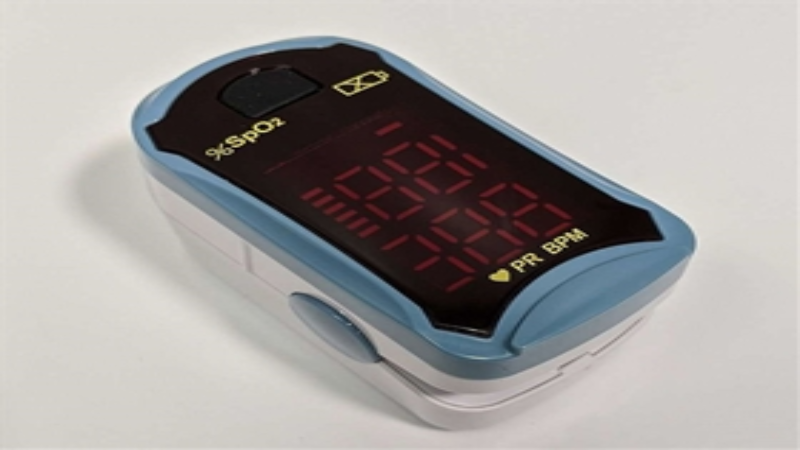Helicobacter pylori is a bacterial infection that migrates to and lives in your digestive system – particularly the digestive tract. It may stay undetected for years without causing nay problem. In fact, approximately two-thirds of the population globally has this type of infection. They often get it during their childhood. Detection is often the result of the individual receiving an H Pylori Rapid Test.
Symptoms of H Pylori
Your doctor or other medical professional may recommend you undergo testing for this infection if you display certain physical symptoms and other indications relating to an ulcer. These may include the following:
- Abdominal pain – fades and returns over time
- Belching
- Indigestion
- Queasiness
- Sensation of bloating or fullness
- Unexplained loss of weight
In more serious cases, people will exhibit more severe signs of health issues. These include a very sharp, persistent pain in the stomach, and dark or bloody vomit. Another indication is bloody or black fecal matter.
Detecting H Pylori
Several types and methods of Helicobacter pylori testing exist including the H. pylori rapid test. Diagnosis of this infection can be either non-invasive or invasive. The former usually involves analysis of a stool or breath. The latter requires an endoscopy.
- Non-Invasive Methods
The common methods of testing may take one of two major types:
-
- A stool/fecal antigen test: This checks to see whether your stool contains the bacteria.
- Urea breath test: The individual must drink a low-level dosage of either mild radioactive or non-radioactive material. The test will indicate the presence of the bacteria by what is expelled with the following breath.
Using either method will provide sufficient evidence of the presence of the infection to establish diagnosis. This method can also indicate whether the treatment of a patient, already diagnosed with the infection, is effective.
- Invasive Methods
This method uses an endoscopy to diagnose the situation. They can also, like non-invasive procedures, determine whether a treatment is actually effective. They are not the preferred means through which to diagnose the health problem.
When it comes to diagnosing the infection, medical professionals prefer to turn to the non-invasive methods. It is not only the nature – non-invasive, they (and their patients) find attractive, the speed of both the delivery and the results also make such diagnostic tools popular. The FDA has approved both the urea and the antigen methods for both applications.
H Pylori Rapid Test
H pylori is an infection that enters orally and makes its way into the gut. The bacteria causing it may co-exist with the body without creating any serious problems. If problems do occur, a medical professional can assess the situation using either invasive or non-invasive means. One of the preferred methods of detection is a non-invasive, effective and fast form. It involves antigen testing. This is the H pylori rapid test.


